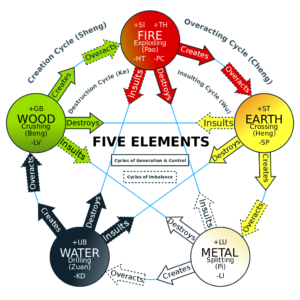Do Complementary Therapies Help to Stop Smoking?
Smoking is a significant risk factor for many diseases including cancer, cardiovascular, chronic lung diseases and gastric ulcers. According to The WHO smoking kills nearly 6 million people each year i.e. approximately one death every six seconds. 5 million of these results directly from smoking, while more than 600,000 are due to passive smoking. Due …

